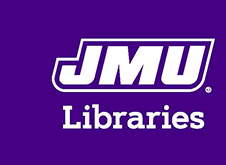Preferred Name
Anthony S. Cincotta II
Creative Commons License

This work is licensed under a Creative Commons Attribution-NonCommercial-No Derivative Works 4.0 International License.
Date of Graduation
5-11-2023
Degree Name
Doctor of Musical Arts (DMA)
Department
School of Music
Second Advisor
Jonathan Gibson
Third Advisor
Judith Ofcarcik
Fourth Advisor
Andrew Connell
Abstract
Undergraduate applied saxophone study revolves around the conservatory model. This inflexible model, often referred to as a master-apprentice relationship, can create an instructor-centric power dynamic which does not address the needs of the modern student. A classroom where the power lies so heavily with the instructor can stifle student engagement and can create a sense of disenfranchisement. In this setting, students have limited input on their assignment selections. While curricula have evolved with regards to being more culturally diverse, relevant, and inclusive, the approach that educators use to deliver the material has remained largely unchanged. There is limited research on alternative syllabus systems and their use in applied collegiate saxophone. Professor John Boyer’s “World Regions” syllabus can be used as scaffolding to explore a new methodology utilizing diverse assignments in order to present a more nuanced account of student comprehension. Creating a mastery-oriented syllabus for applied undergraduate saxophone lessons can better serve the needs of a greater population of students.
Included in
Curriculum and Instruction Commons, Higher Education and Teaching Commons, Music Pedagogy Commons, Music Performance Commons, Music Practice Commons, Scholarship of Teaching and Learning Commons


